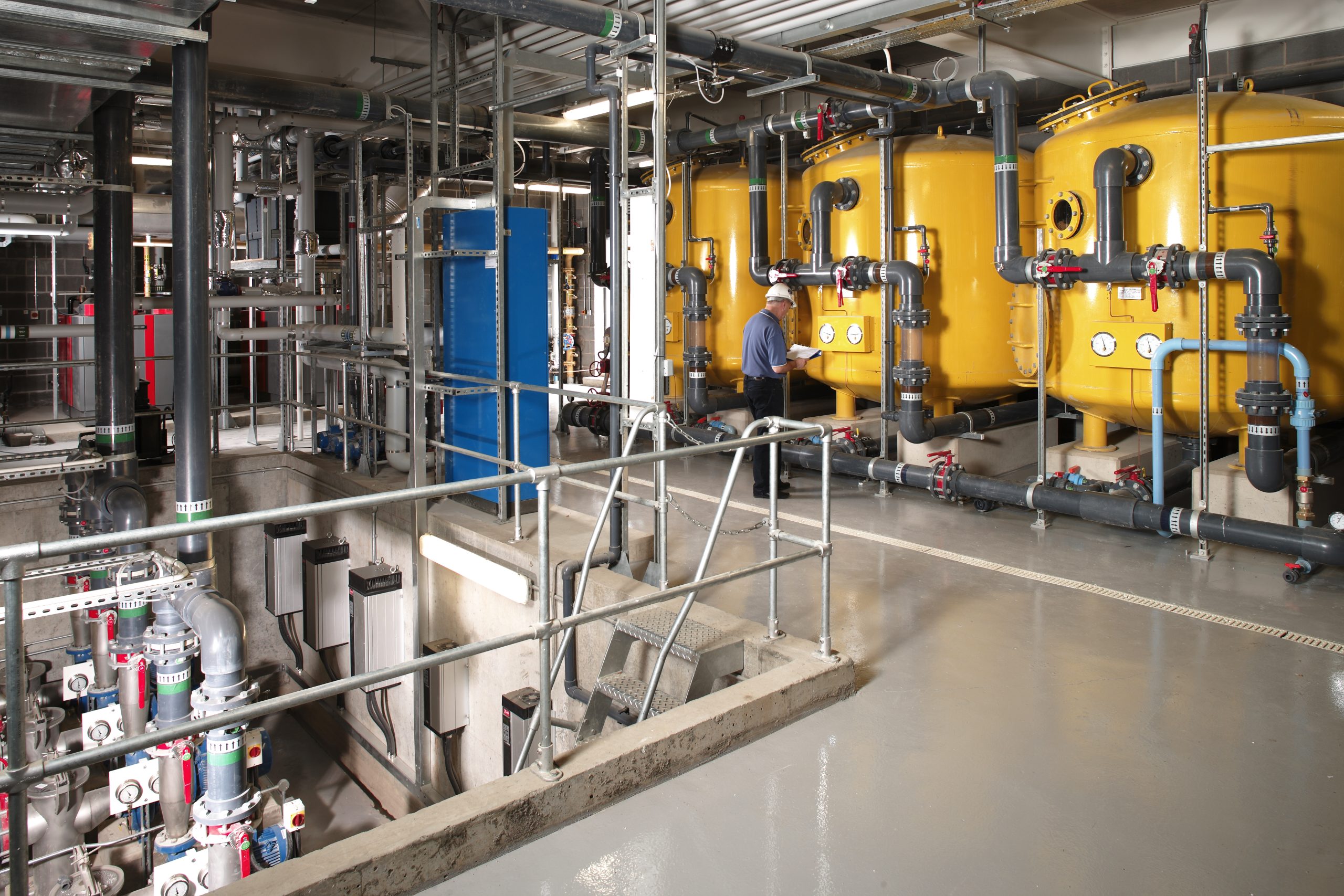
Services
At Devin we have been designing pool water treatment systems for over 20 years; it is a science.
An appropriate water quality is an essential component of any aquatic facility. The water must be safe, hygienic, and attractive; if not it will detract from the user experience and can ultimately affect the fabric of the facility. To provide an appropriate quality of water in pools, the treatment systems must remove the pollutants introduced by the bathers.
There is a choice regarding the water quality that can be provided, from a basic level of comfort to one that would be “like swimming in Evian”.
There are several complex factors to be considered to ensure that the right balance between quality and economics is achieved.
The pool water quality must be appropriate for the intended use. We design in accordance with the above to provide pool water that is safe, hygienic, comfortable to swim in and aesthetically pleasing.
Good water treatment design will by necessity address a number of key elements, including:
Competition swimming pools are typically 25m short course and 50m long course. Water treatment will need to consider the level of water quality required, suitable for competitive swimmers who will spend many hours every day, sometimes up to 5 or 6 days per week, in the water.
Leisure, or recreational pools can have a large variation in shapes, depths and sizes and may have a range of water and air features. These pools are about fun so water quality is a key part of the offering.
Similar to leisure pools, but generally much larger and with an extensive range of features such as water slides, river rapids, splash pads, water playgrounds, wave machines, spa or bubbler pools and lazy rivers. Given their large size and different water areas, different water treatment systems are normally provided for different areas; 5 or 6 independent systems would not be unusual.
Designed to sit or lie down in, with air and water massage features and a high water temperature (36°C to 40°C), these pools can have a very high intensity of use and therefore require a disproportionately high level of water treatment. Of all the pool types, these can present the highest level of risk if not designed and managed properly.
Plunge pools vary in size from single person use to multi persons (e.g. a rugby club team pool). Water temperature varies depending upon the use, for example a cold plunge pool water temperature would be between 9°C and 18°C. A water treatment plant is normally provided, though a simple fresh water top-up, with biocide, can be used
Hydrotherapy and vitality pools (the names are interchangeable) are often used for spa bathing and/or restorative aquatic therapy. This is a higher temperature pool, usually 33°C to 36°C, where bathers can experience a range of different water and air features. Depending on the size and layout of the pool, bathers can either remain seated or move about by walking or swimming. Water treatment is particularly important where bathers are immunocompromised or severely disabled.
One of the first things to consider are the published Regulations, Standards and Guidelines that should govern how systems are designed; key publications include: